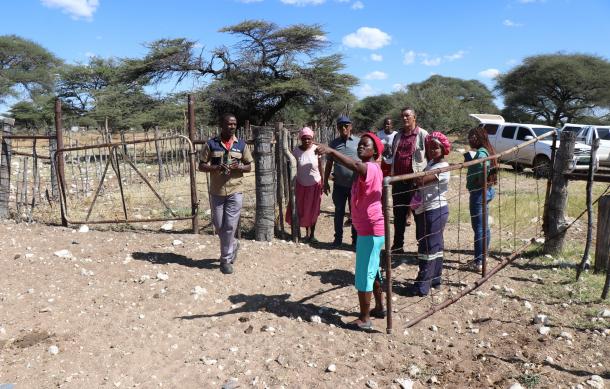
Resettled farmers in the Otjozondjupa Region continue to face a number of obstacles that hinder agricultural activities.
This was revealed by the Parliamentary Standing Committee on Natural Resources.
The visit was aimed at evaluating the productivity of resettlement farms, examining the role of resettlement farmers in job creation and food self-sufficiency, and assessing the government's terms of financing and training.
One of the resettled farmers in the Okaputa farming units, Elia Akwaake, welcomed the government's resettlement programme. He, however, noted a lack of support, which he says leaves farmers to fend for themselves.
"I am restricted to keeping fewer than 200 cattle, and drought exacerbates the situation. I suggested that the government should consider increasing the farm size to at least 3000 hectares to enable farmers to engage in meaningful agricultural activities."
There has been relative success at farm Sumas, about 20 kilometres northeast of Otavi, covering an area of over 4,800 hectares and inhabited by eleven members of the Etupe Cooperative.
But the cooperative also faces similar challenges.
"The market for my agricultural produce, including vegetables and maize, is limited. This predicament is worsened by poor road infrastructure and a lack of support from the government," says Gebhard Ashipala, who is resettled at Sumas-Unit A.
The resettlement programme is guided by the National Resettlement Policy of 2001.
Under the programme, the government buys farms from commercial farmers for allocation to previously disadvantaged Namibians on a leasehold basis.





